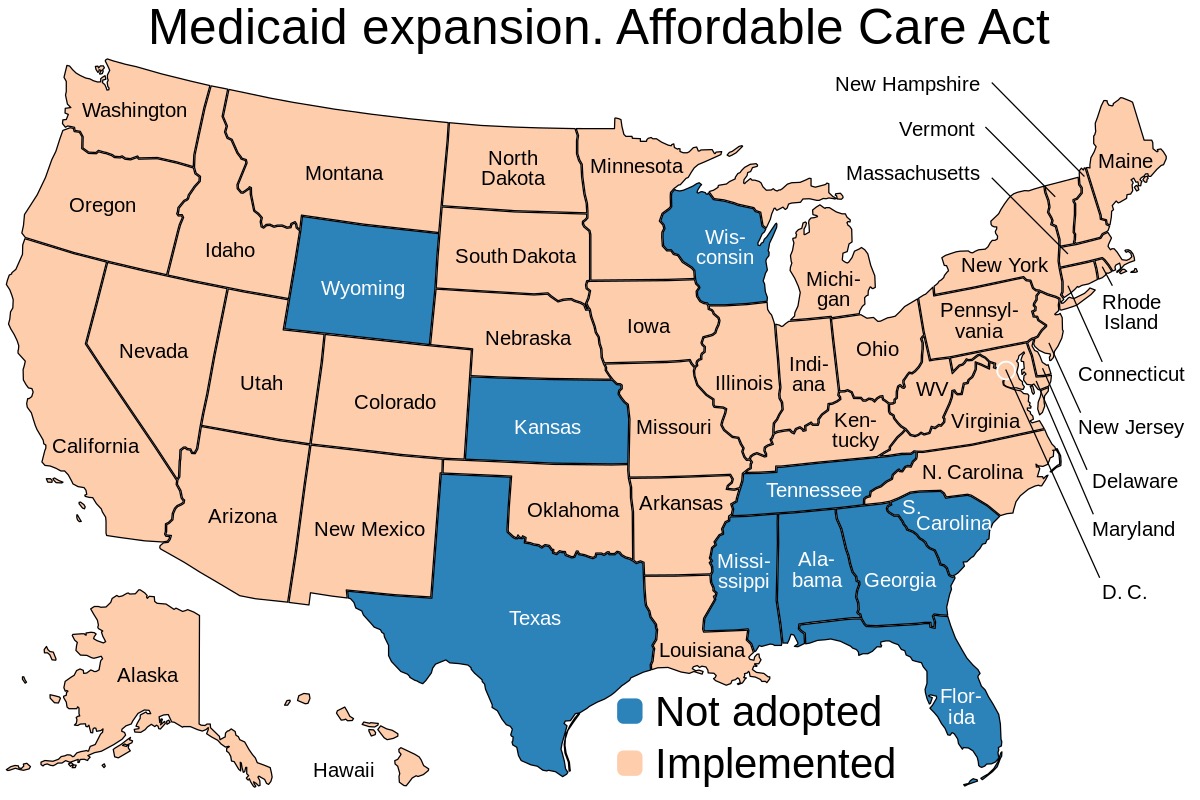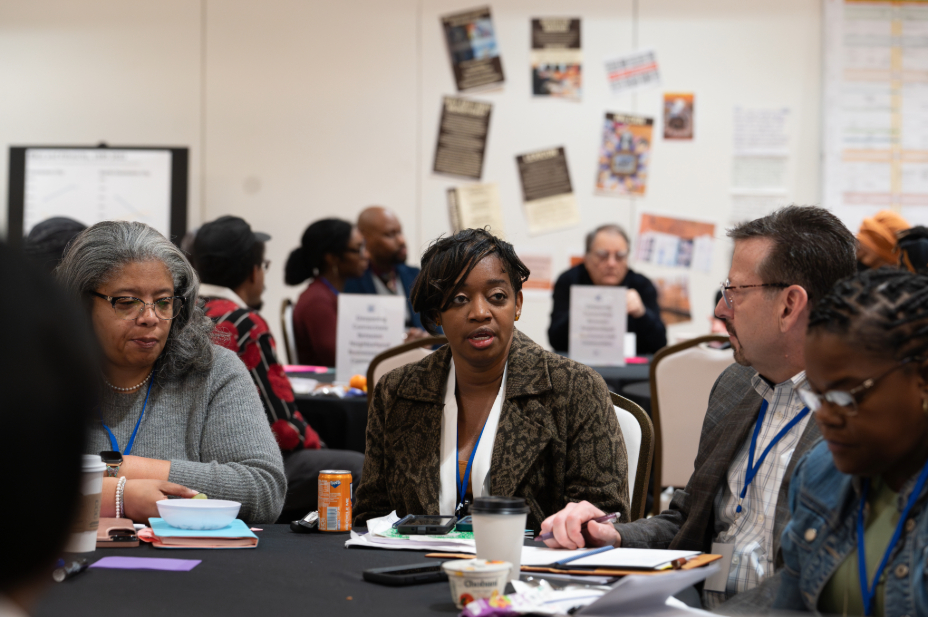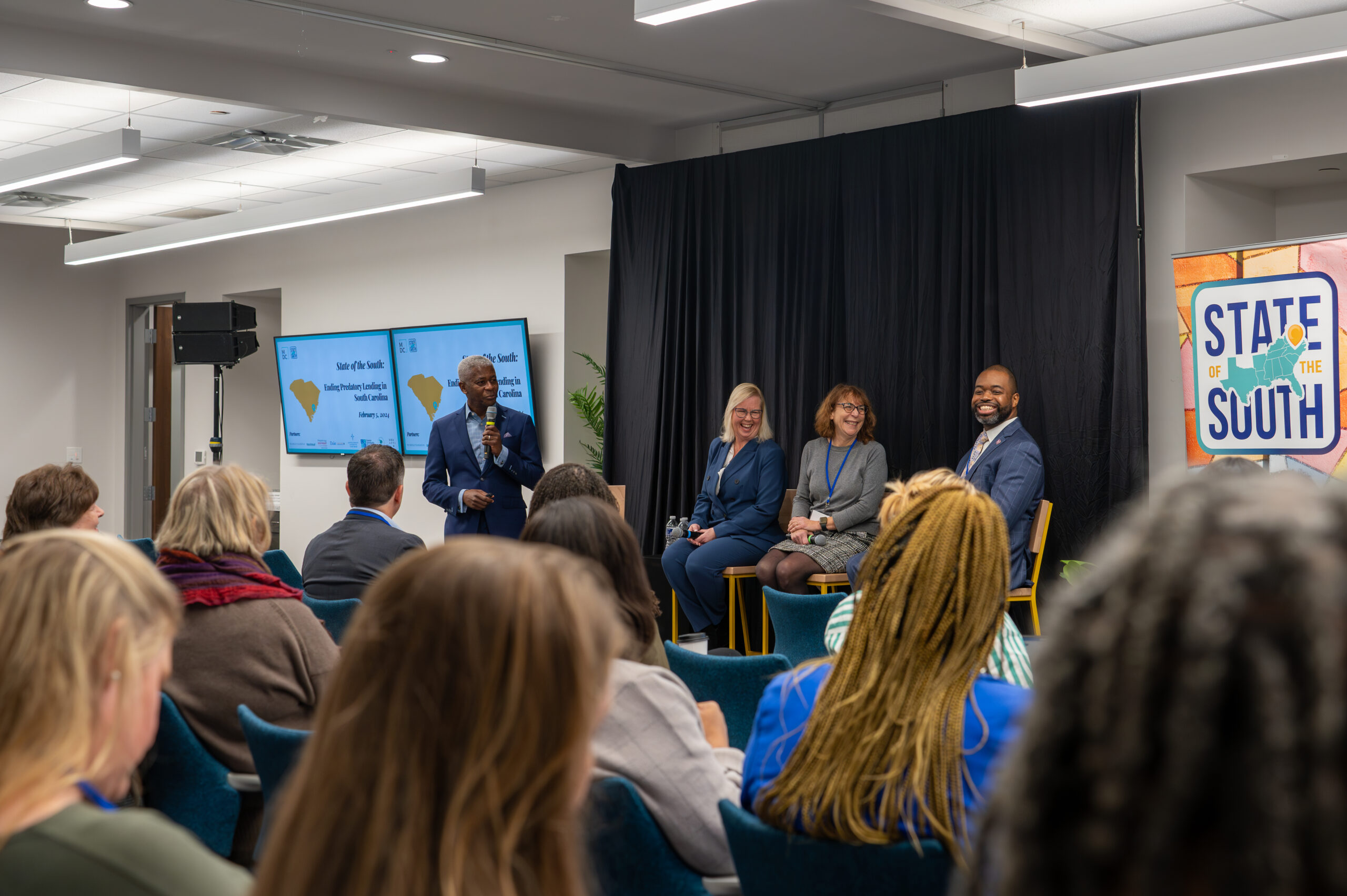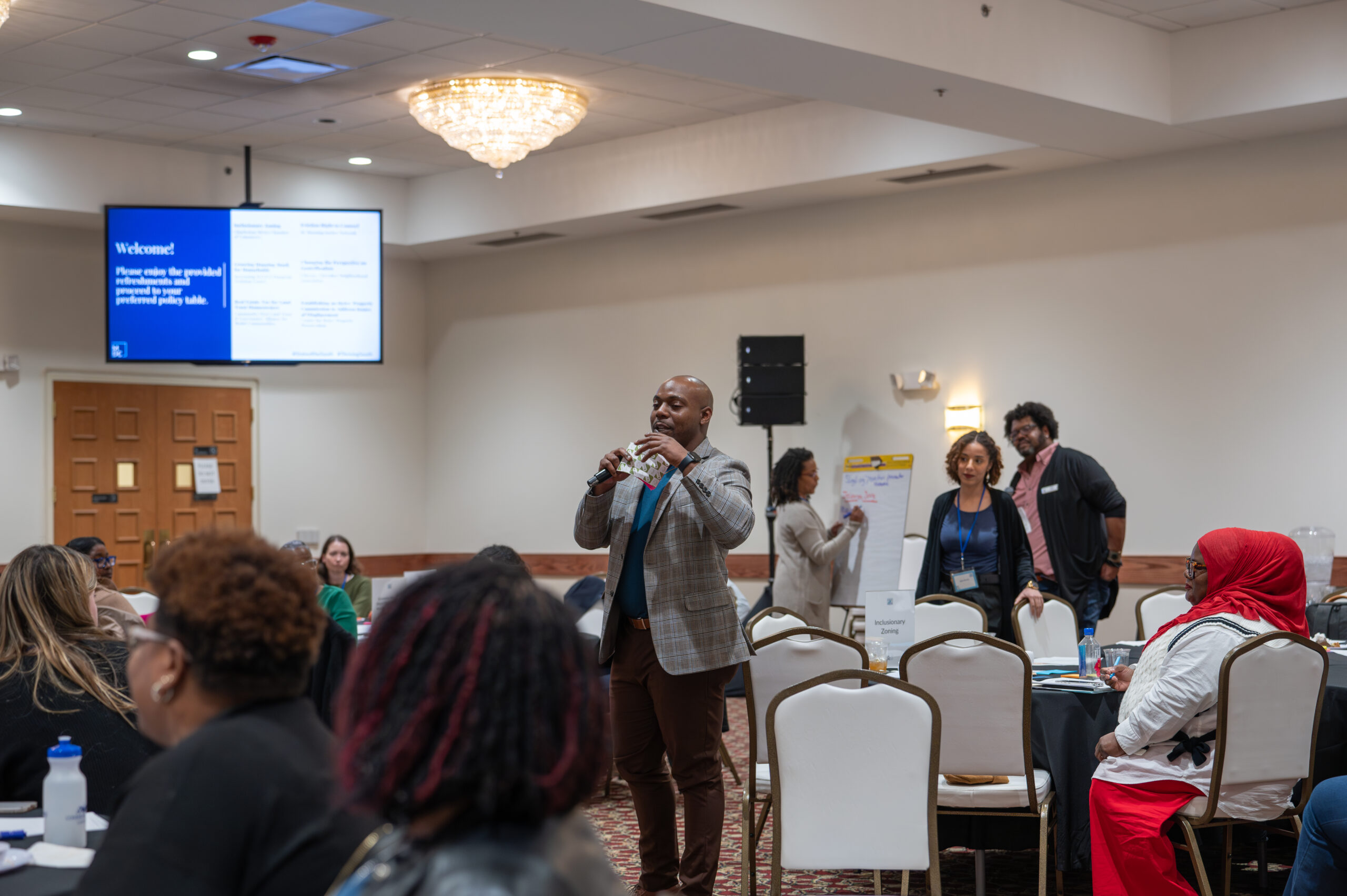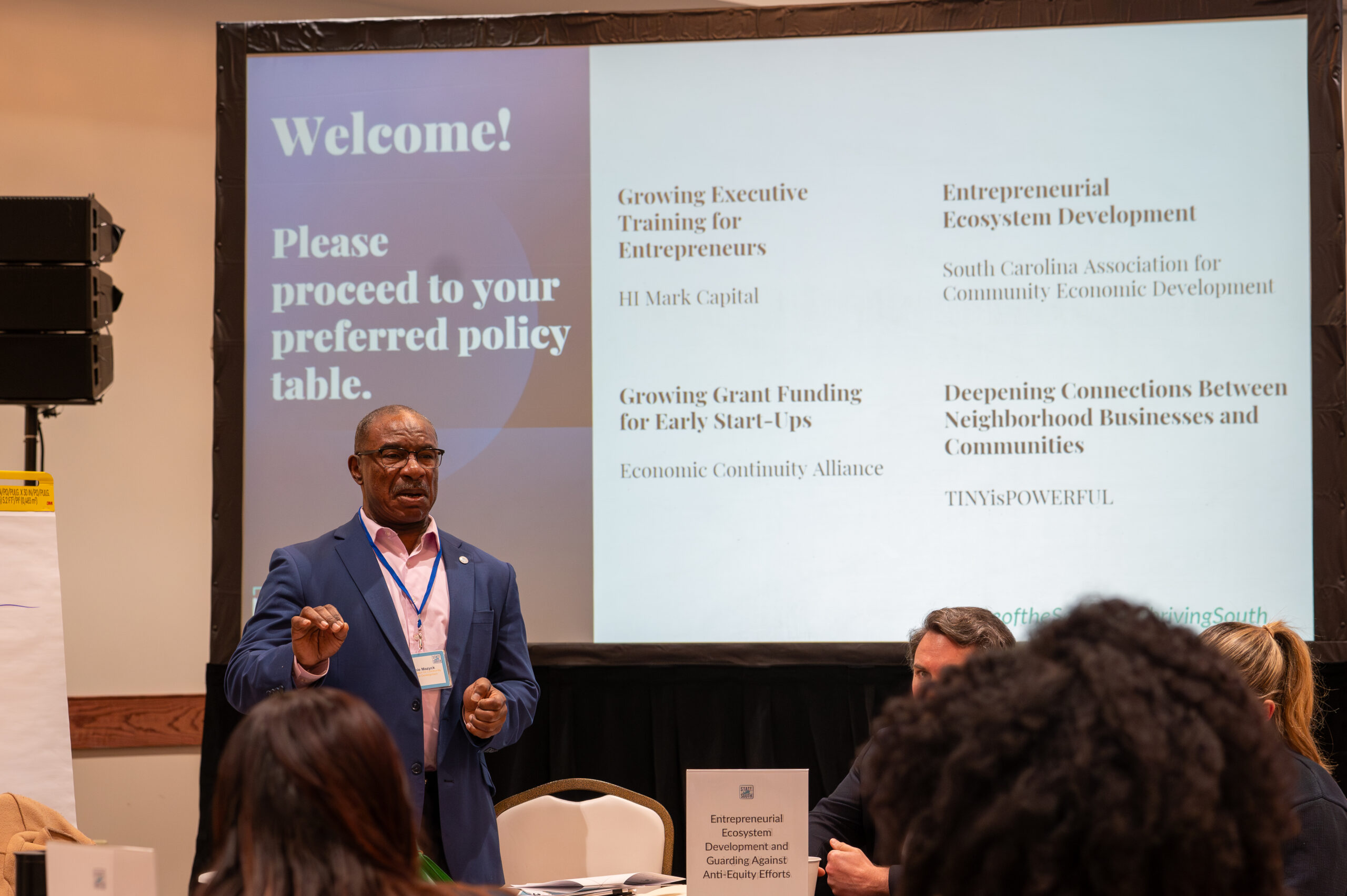Place Matters: Talking about Race, Place, History, and Today’s Communities
Nov 20, 2013
Recently, I had the opportunity to speak at a staff retreat with a group of K-12 educators and staff who were grappling with how to talk about race and identity with faculty in their schools, especially with new teachers. A common theme that continued to arise was the need for an awareness of the racial history of a place, understanding how the intersections of race and class impact education, as well as the changing demographics of communities.

Not only is the historical context important, but also the present-day challenges of students caused by that history. My role in the conversation was to talk about the historical context of the county, my experiences as a former teacher, and my current research on race in schools, with a focus on people of the African Diaspora.
It appeared that everyone at the retreat was on the same page about the importance of understanding the history of how a place became what it is today and implications for education for all students, but particularly for students of color. For example, there was a lot of discussion about schools that were named after prominent figures who also happened to be slaveholders and the correlation to the achievement and the psyche of students who are Black and Brown. There was also dialogue about how to support students’ identity development and to promote high achievement in an educational system that has historically disadvantaged people of color. What I was most impressed about was that there was support from their leadership on having these conversations and that the planning team did a lot of solid prep work on the front end. The fact that this retreat had an intentional focus on race and the staff knew what to expect, created a solid foundation and safe space for productive dialogue to happen. It was a positive experience for me and was exciting to see this topic being discussed.
The Importance of Place in RMI’s Work
Many organizations want to engage in this work, but are often unsure of how to start. Our work at the Race Matters Institute has shown us that organizations are reluctant to have productive conversations about race and racial equity because managers, directors, and other leaders don’t know where to start, don’t have appropriate support for learning and training, or are afraid they will be blamed for past actions in history.
The Institute always uses place as a major variable in telling any localized story about race. One example of our work is with KIDS COUNT reports.
Massachusetts has the 4th highest median family income in the United States. However, the KIDS COUNT report examines three cities — Springfield, New Bedford, and Lawrence, Massachusetts — where child poverty rates are above 40 percent. Using tools from the Race Matters Institute, the report discusses reasons poverty has persisted in these urban centers, despite Massachusetts being one of the wealthiest states, and describes the historical dynamics that keep certain groups of people persistently poor.
Child Poverty in Massachusetts: A Tale of Three Cities
Looking at specific places and their history is important in illuminating present-day issues and creating relevant solutions — from helping educators to understand how the history of their schools impacts student challenges today to uncovering why and where poverty exists and how people of color specifically are affected.
Contributed by Arvenita Washington Cherry, Ph.D.




